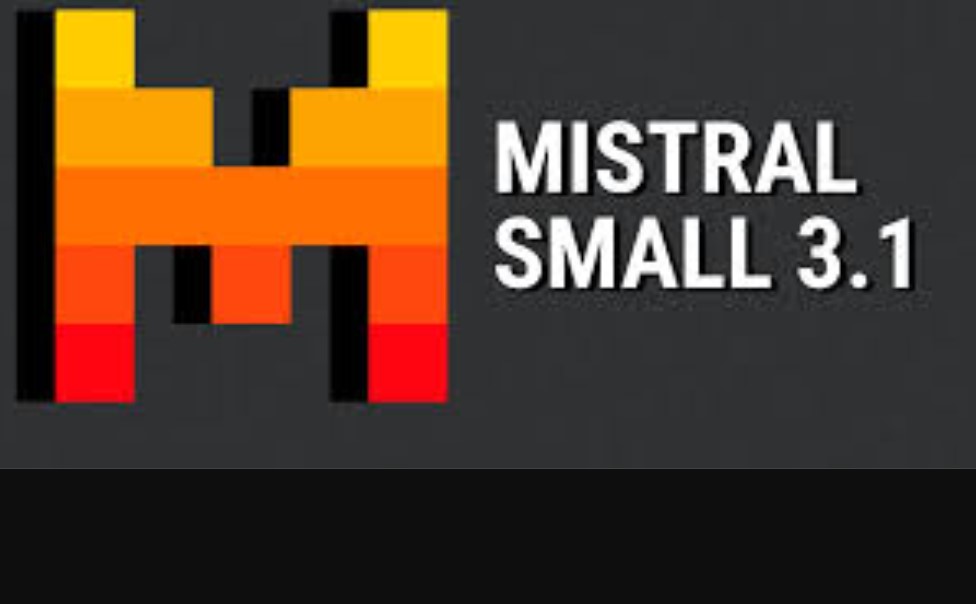
June 16, 2025
Using Mistral Small 3.1 for Efficient AI Solutions: A Coding Perspective
Using Mistral Small 3.1 for Efficient AI Solutions: A Coding Perspective
How can we build strong AI solutions without overloading systems with vast models? What if you could design efficient, lightweight AI without sacrificing performance? Developers building quick, responsive AI for resource-constrained devices are buzzing about Mistral Small 3.1. This blogpost will tell you why Mistral Small 3.1 is a game-changer for AI solutions and provides practical code examples to get you started quickly.
Understanding Mistral Small 3.1
Why is Mistral Small 3.1 so popular? It may seem to be another small model among huge brands. But I bet, this one is efficient. Mistral Small 3.1 provides AI solutions without the requiring any bigger models. This model makes sure that suggestion systems and robots use resources and work well at the same time.
Fast inferences with little processing costs are its hallmark. Very low memory use makes it excellent for edge devices like smartphones and IoT devices. Mistral Small 3.1 allows AI to run in areas where regular models would be too heavy or sluggish without compromising accuracy.
This real-world Mistral Small 3.1 chatbot interacts in real time without the latency of bigger AI models. There is magic like that.
Setting Up Mistral Small 3.1
Ready to dive? Setting up Mistral Small 3.1 is simple. Start with a few easy steps, it's not a big deal.
Install Mistral Small 3.1 first. Python users know how simple it is to import packages. Mistral Small 3.1 can be installed via pip command:
pip install mistral-small==3.1You are thinking, "That's it?" No difficult setup? Exactly! One of the many reasons I enjoy working with this model. Setup and runtime are both efficient. The model is ready for experimentation after all the tough effort.
Python 3.6+ and additional libraries are required, but it is easy. After setting up, you are ready. If you run into problems, the official documentation may help.
Optimizing AI Models with Mistral Small 3.1
After installing Mistral Small 3.1, let's code. Try it for a short NLP task. Mistral Small 3.1's responsiveness makes it ideal for these applications.
Let me show you an easy case: let's load the model and predict some text in form of paragraph.
from mistral import MistralModel
model = MistralModel.from_pretrained('mistral-small-3.1')
result = model.predict('AI optimization techniques for businesses')
print(result)Just that simple! You load the pre-trained model, give it text, and receive output. Best part? This requires little memory and quick execution, even on slower machines. The trained model understands language complexities, making it suitable for chatbots, text summarization, and recommendation systems.
I was amazed at how fast this ran. Other models took minutes, but Mistral Small 3.1 was virtually immediate. Its speed and minimal resource usage make it ideal for real-time applications.
Fine-Tuning Mistral Small 3.1 for Specific Applications
What if you need to customize Mistral Small 3.1 for your use case? You may require an industry-specific chatbot or a specialized text classification system. No worries with Mistral Small 3.1.
Just add your unique dataset to fine-tune this model. Starting a text classification task:
from mistral import MistralModel, Trainer
model = MistralModel.from_pretrained('mistral-small-3.1')
trainer = Trainer(model=model, train_data=my_custom_dataset)
trainer.train()You may train Mistral Small 3.1 on your own dataset using this code. In a few lines of code, you may customize this model for sentiment analysis or customer feedback classification. Best part? It uses less memory than bigger models.
In addition to being efficient, Mistral Small 3.1 fine-tunes quickly. The process of fine-tuning this model is fast and easy, unlike others that take hours.
Performance Evaluation
Performance matters in AI. Mistral Small 3.1 excels there. Test it with a brief performance benchmark. How to calculate inference time:
import time
start = time.time()
result = model.predict('Test sentence')
end = time.time()
print(f"Inference Time: {end - start} seconds")I tested and found the inference time surprisingly quick. This lets you run real-time apps without delays. In addition to speed, memory use is quite low. This is crucial for deploying AI models on edge devices with limited resources.
Use Cases for Mistral Small 3.1
Discuss where Mistral Small 3.1 can shine. Edge devices; small, resource-limited systems that power smartphones and IoT devices; are ideal for it. Consider running an AI chatbot or recommendation system on a low-memory smartphone. Mistral Small 3.1 makes it feasible, which would be difficult otherwise. This device offers AI power without the baggage due to its lightweight design.
The results of my mobile app deployment experiments are great. Think about a mobile app that has an AI assistant that works in real time, does not lag, and does not drain the battery. Mistral Small 3.1 excels in performance and economy.
Conclusion
Mistral Small 3.1 is a strong AI model that shows you don't need big models to get good results. This tool is ideal for designing an AI for edge devices, fine-tuning a system for a particular dataset, or deploying a quick, efficient model.
In an AI world where models are growing larger and more complicated, Mistral Small 3.1 is refreshing. It is quick, efficient, and ideal for developers who want to build powerful AI applications without breaking the bank or device. Why wait? Mistral Small 3.1 is ready for your next project.
643 views
